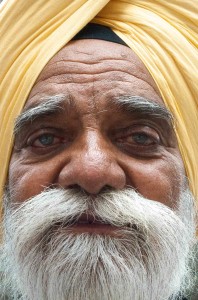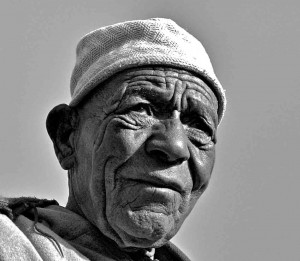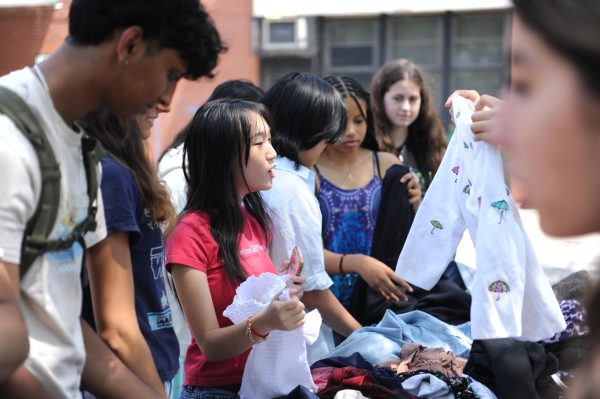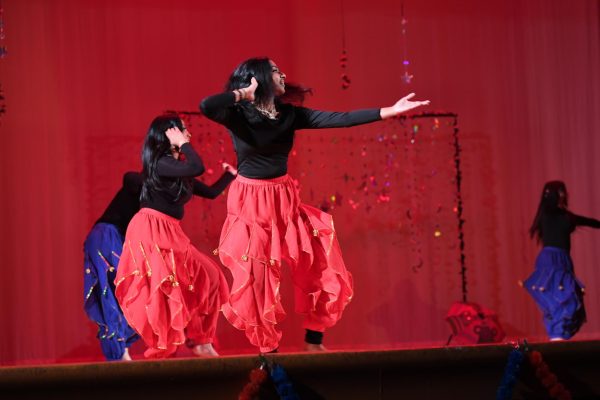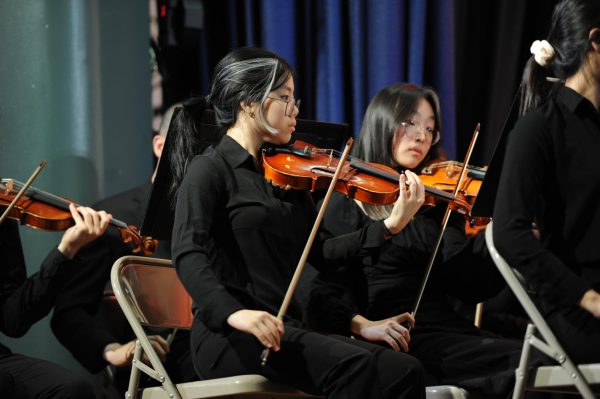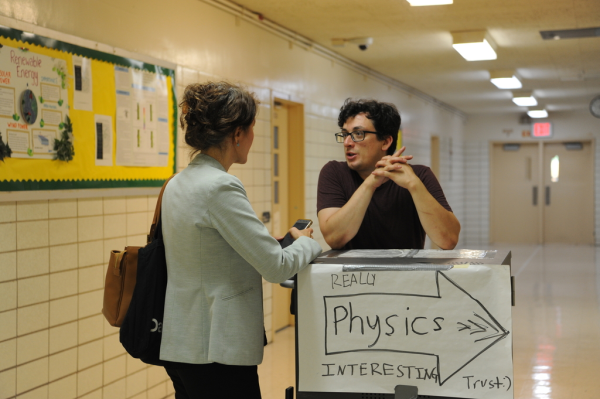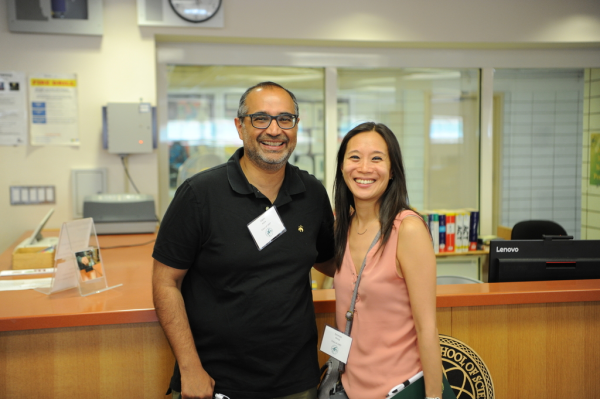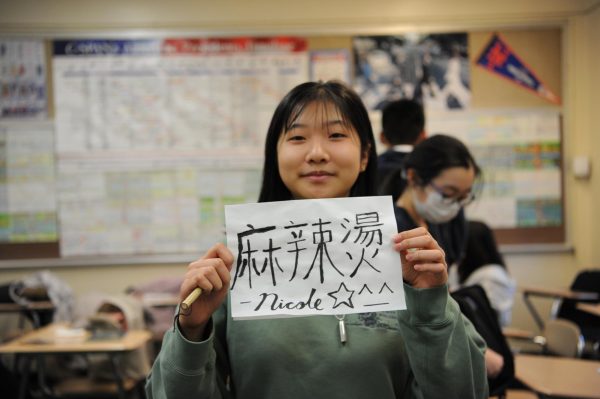Three Tips to Help Bring Your Photography to the Next Level
It’s more than just the gear; it’s about the way that you see.
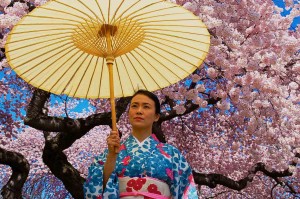
1. Fill the frame and get closer. There is no better way of encompassing a human’s personality than getting closer. Every face tells a story— wrinkles map out a life of hardship and textured eyes enable you to peak into a person’s emotional state. As a photographer, you can expose the realities of life, so don’t be afraid to get closer by jumping into the middle of the action (as it allows you to capture an array of energy and emotions). Getting closer to a subject helps you to become more intimate with them andto capture your subjects in a much truer light. Also by shooting candid images, you can unveil a person’s world for everyone else to see. Be unobtrusive and allow room for spontaneity for a chance to capture these surprising moments. For portraits, remember to focus on the eyes as they truly are the gateway to the soul. In landscapes, experiment with focusing on a single detail within a scene and with keeping it simple.
2. Be aware of backdrops. What is behind your subject is just as important as your subject itself, as backdrops often make or break an image’s impact, so make the most of your available real estate. Cleaner backgrounds are a good place to start because they help to spotlight the subject of your image and to accentuate the details of your focal points (or to emphasize elements within the frame). By keeping your backdrops uncluttered, you can identify the central theme of your photograph for the viewer, and you are better able to craft a visual story. Nonetheless, intricate backgrounds are potentially beneficial because they can add another facet to your story and add a sense of place. Remember not to have backgrounds that are too distracting, but ones that add to the overall worth of an image. A good way to enhance the background of your image is to change your perspective, re-arrange your composition, or decrease your camera’s depth of field. Make sure that whatever background you choose complements the story that you are trying to tell.
3. Compose the elements in your frame. Composition is what anchors the human eye and enables photographers to direct the eyeballs of their viewers. An effective composition simplifies a complicated world by isolating specific portions of our surroundings and bringing visual harmony and order to our environment. So, be thoughtful in organizing the elements of your frame. Seek unusual perspectives to help expand the visual repertoire of your frame and to dramatically impact your photo’s effectiveness. Adding symmetry, placing your subject off-center, depicting patterns and reflections, and changing up focus are some ways that composition will bring your photographs to the next level.
Chase Guttman, a junior at Bronx Science, is the winner of Young Travel Photographer of the Year 2010, and a Grand Prize winner in National Geographic’s 2011 International Photography Competition for Kids. Guttman’s photography has been published internationally and has been exhibited at the prestigious Royal Geographical Society in London. He also completed a month-long assignment for Fodors Travel Publications and will be featured as a Top Travel Photographer in an upcoming book by the New York Institute of Photography.

